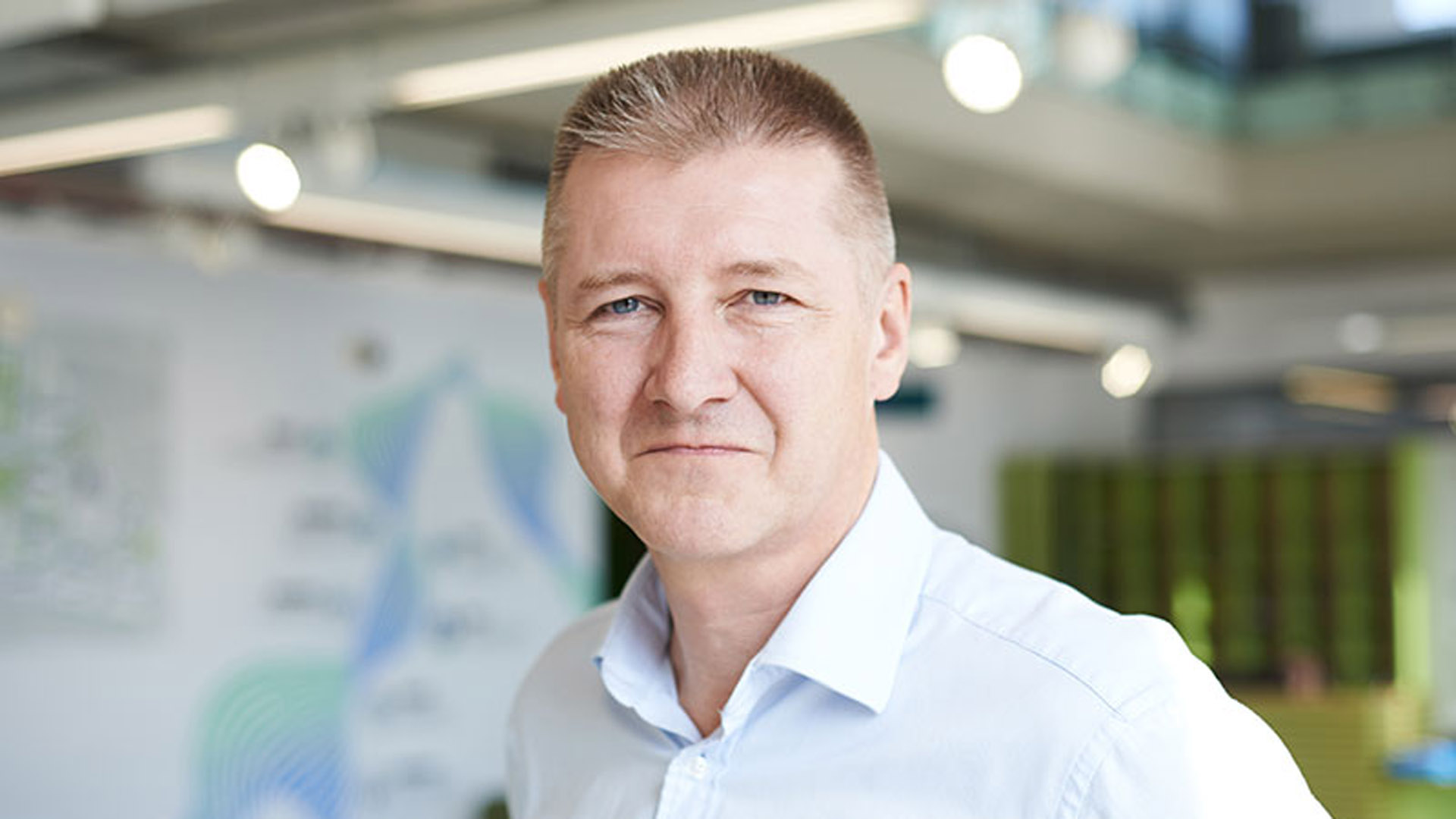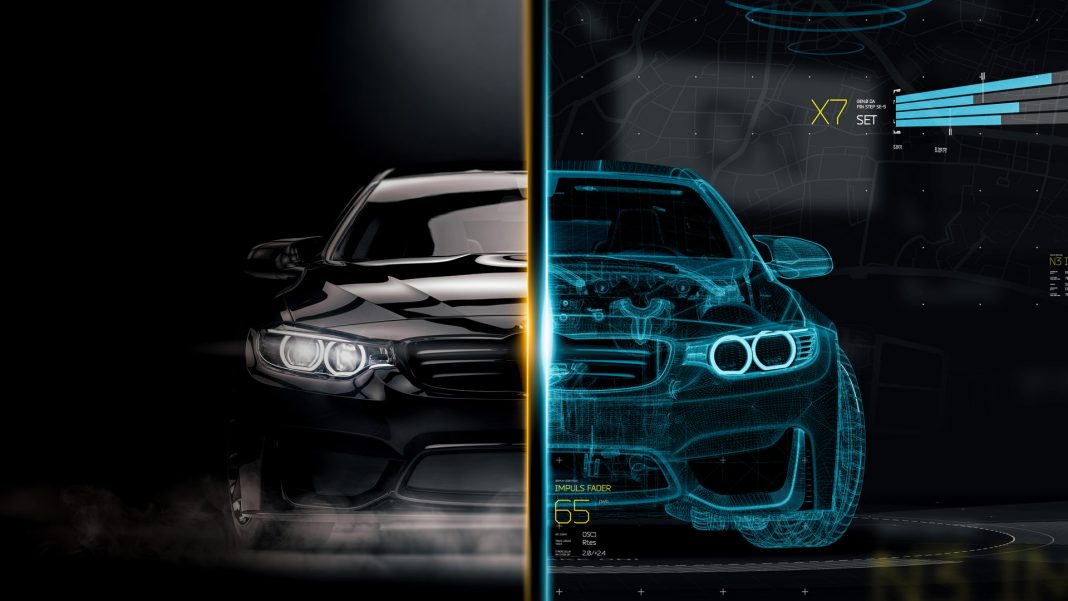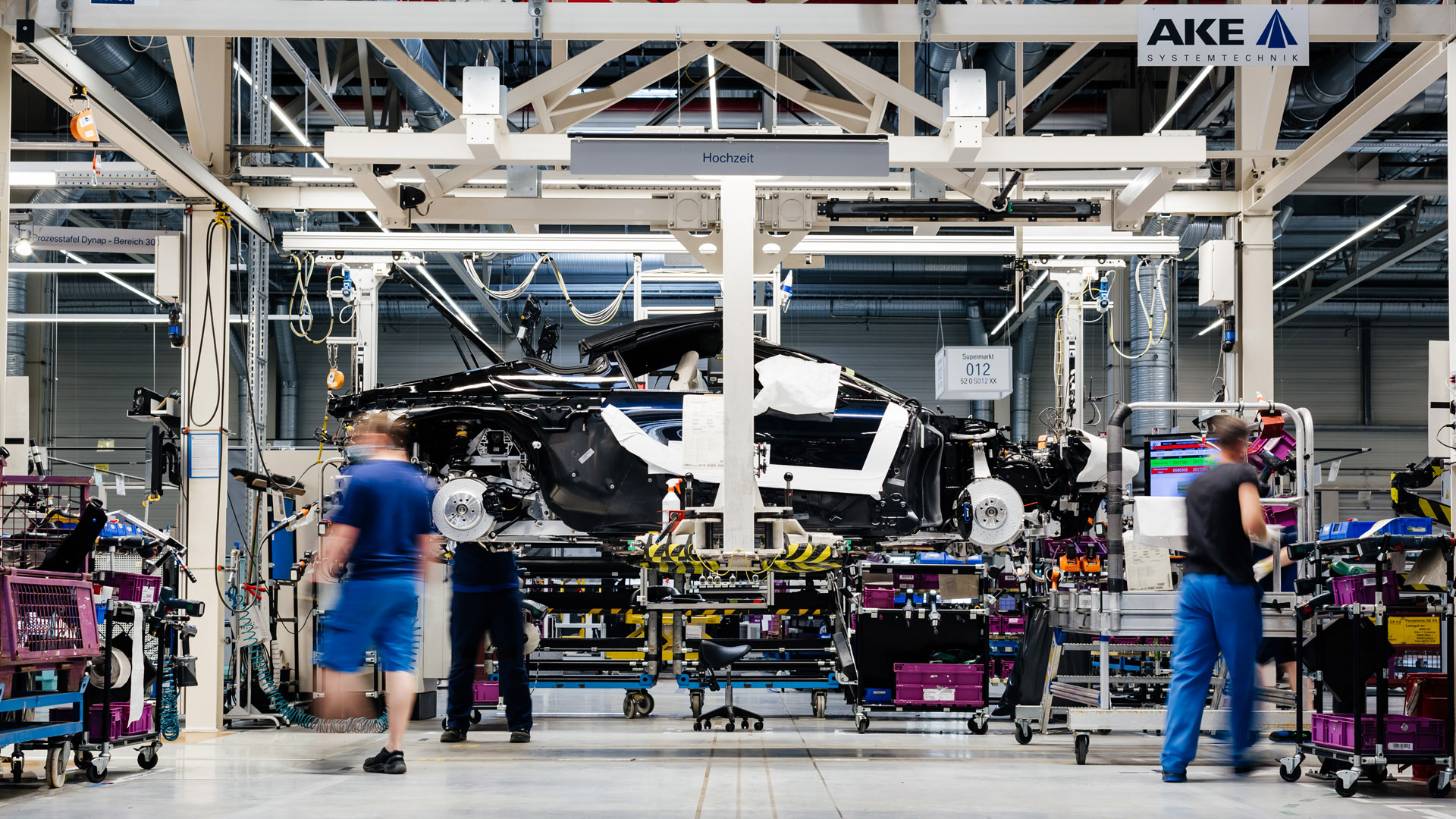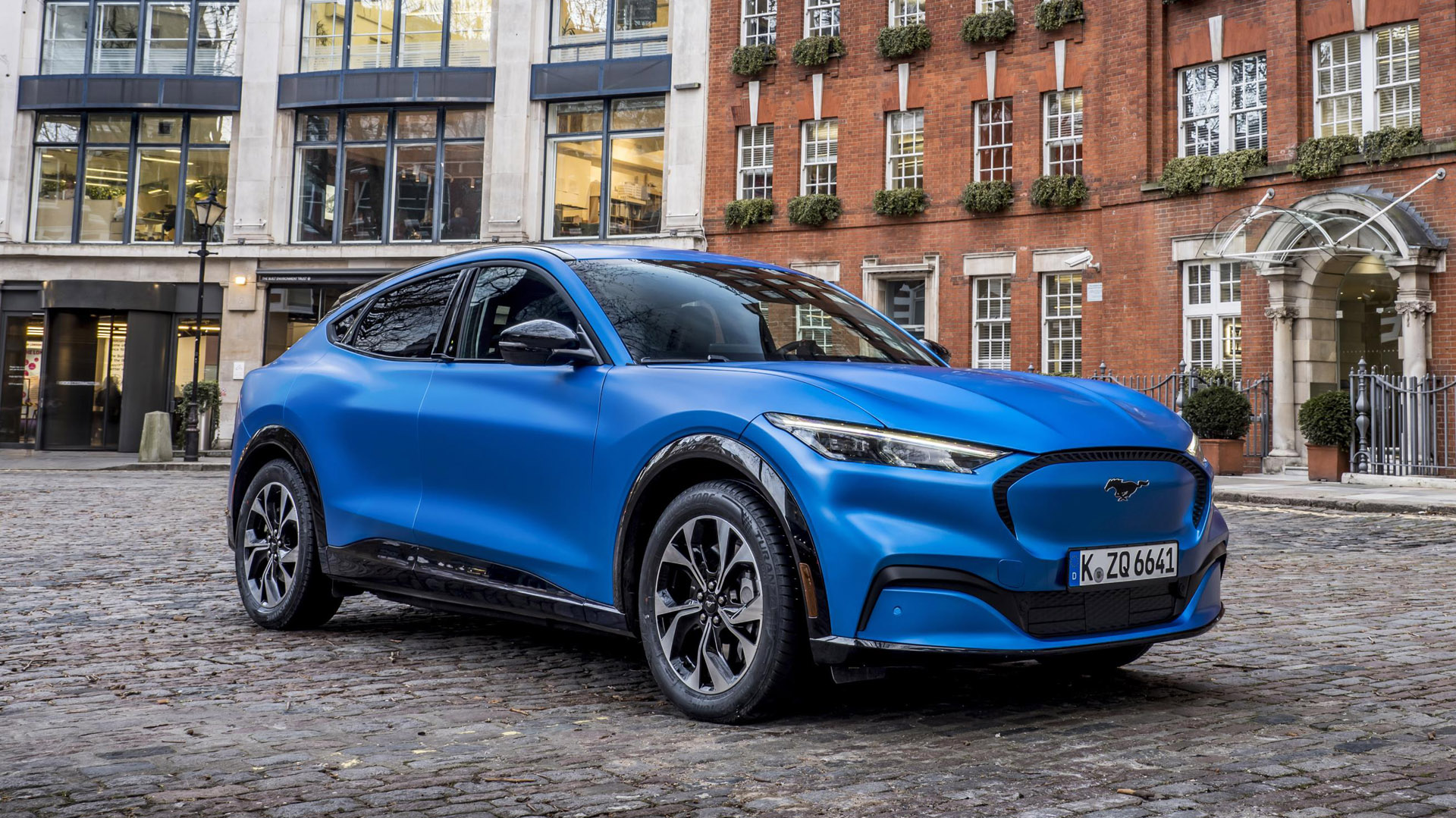Governments everywhere are looking to electric vehicles (EVs) as a means to rapidly reduce carbon emissions, clean up cities and tackle climate change. But while banning the manufacture of petrol or diesel cars – as the UK hopes to do in 2030 – seems like a simple move, transitioning to electric vehicles is complex. Indeed, it will require the UK’s automotive industry to undergo a rapid gear change as it works hard to innovate the required new technologies and materials that can help increase the number of EVs on the roads and further the uptake by consumers.
With the Biden administration in the USA proposing $100 billion USD of investment into EV rebates and China already leading the way with incentivisation – the country being responsible for over 50% of Electric vehicle production in 2019 – the automotive supply chain in the EU and around the world are on standby for a sudden regulatory change that could impact the manufacturing processes.
The Sustainable Electric Vehicle Design – with plastics and composites conference will bring together all those who are passionate about innovating in e-mobility to lightweight vehicles, reduce range anxiety, accelerate consumer demand and support the achievement of government regulation and targets from across the UK, Europe, USA and Asia. This event will reveal the current level of global progress towards lightweight material integration; design for recycling and EV battery recycling as well as demonstrating how you can overcome the technical, design and engineering challenges that emerge with the transition from creating combustion engines to electric and hydrogen fuel cell vehicles.
In preparation for the conference, event producers Kisaco Research reached out to the industry to hear their thoughts on the shift to electric vehicles:
What opportunities and challenges for plastics and composites do you foresee arising from the switch to EVs?
Alan Banks, UK Lightweight Innovation Manager, Ford Motor Company
“I would say the biggest challenges we have in EV vehicles are disassembly, recyclability and re-use of the elements that make up the batteries and the E-motors. The mining intensity and precious materials required for these critical components will be central to the success of EVs – probably more so. If we can’t recycle and re-use the battery components then we run the risk of only being able to defer our environmental damage and we will not be addressing the problem.
Fortunately, there is a great deal of extremely talented people around the world dedicated to resolving this issue. With many governments bringing their commitment to a ban on petrol and diesel vehicles, this technology has to keep up with the demand for EVs.
The second challenge is going to be the adverse effects that higher weight EVs have on the infrastructure. Increased weight on a car platform saps the range and performance that customers have come to expect on their vehicles but for commercial vehicles, the extra weight is even more critical as the payload efficiency is compromised. The lightweighting technology that we are developing at Ford is specifically designed to resolve the payload deficits while enhancing the customer experiences at the same time. There are exciting times ahead for everyone involved in the auto industry at the moment and the pace of change is relentless.”
Which energy format do you think will win out in the long term – electricity or hydrogen?
Matthew Lumsden, CEO, Connected Energy Limited
“There’s plenty of space and need for both energy sources in the future and the winner is going to be our environment, and therefore everyone. The nature of the two different power sources means that either will be used to deliver energy where it is the most appropriate solution for the situation. It’s not like comparing Betamax or VHS, energy provision is essential to ways of life for billions of people, but the sources will have to change if we are to protect the planet.
Energy consumption is increasing and there is no shortage of demand so I’m confident that both will thrive.

Because the switch to electric vehicles has been mandated by law, and all the focus is on sustainability, people sometimes overlook that it is also something that is a good thing to do in its own right. Electric vehicles are fantastic to drive. We don’t talk enough about their amazing acceleration, how quiet and smooth they are, and reliable too as they contain so few parts compared to traditional vehicles. Asan experience they are great.
We can also make good use of electric vehicle batteries once they have finished their working life. The quality of battery cell manufacture is such now that the battery will in almost all cases outlive the car. When this is more widely understood, it will add to the attraction of electric vehicles. Our use of electric vehicles will increase in ‘hockey stick’ terms, and by that I mean a graph which suddenly shoots up.
As for hydrogen, it has great potential too. Once the benefits of engines which don’t run on diesel or petrol are more widely understood, then a switch of energy mode will make perfect sense. It also makes sense to use hydrogen in existing networks where natural gas is currently supplied. Hydrogen technology is further behind than electricity and will, I believe, take more time to be accepted as a safe and reliable alternative to natural gas in domestic settings, but that time will come. The time of electric energy, however, has already arrived.”







